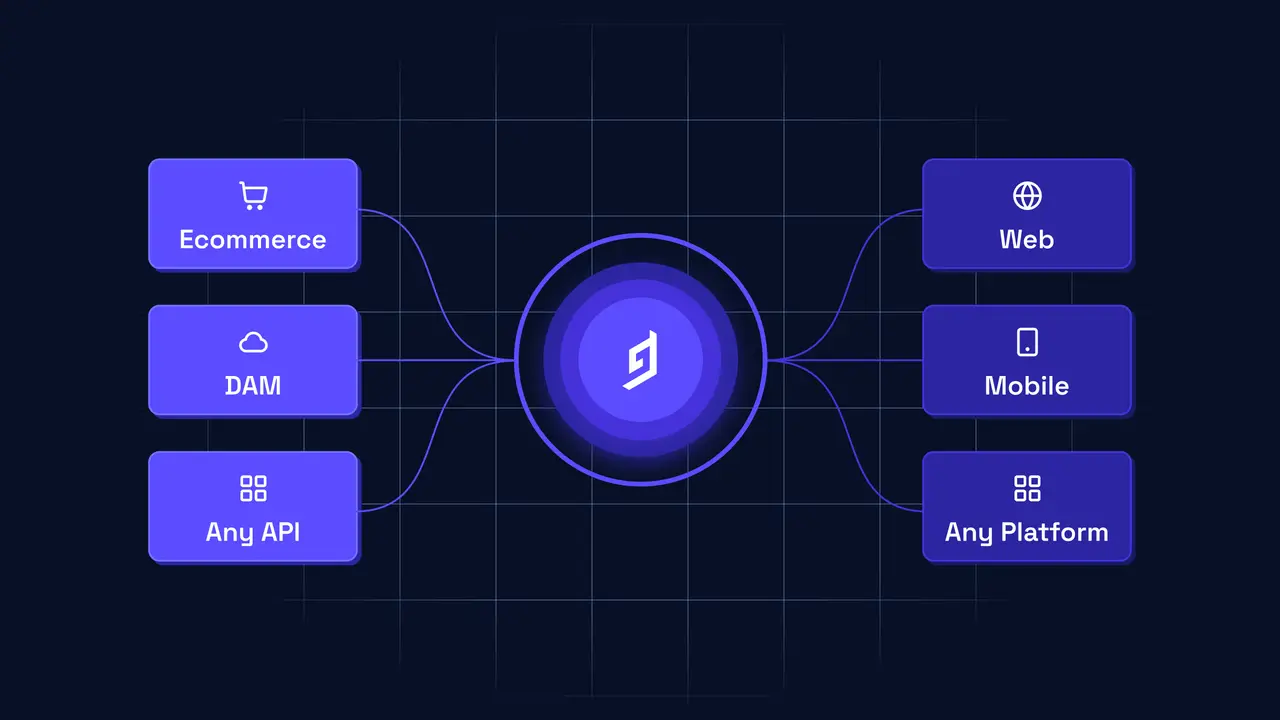In today’s digital landscape, businesses collect vast amounts of data, often without considering necessity. However, with growing privacy concerns and stringent regulations like the General Data Protection Regulation (GDPR), organizations must rethink their data strategies. The data minimization principle is no longer optional—it’s a necessity for compliance, security, and customer trust.
This article explores the data minimization principle, its legal implications, real-world data minimization examples, and actionable strategies to implement it effectively.
Understanding the Data Minimization Principle
The data minimization principle is a core tenet of GDPR, outlined in Article 5(1)(c). It mandates that businesses collect, process, and retain only the data that is:
- Adequate – Sufficient for the intended purpose.
- Relevant – Directly related to the objective.
- Limited – No more than what is strictly necessary.
For instance, if an e-commerce site requires a customer’s email for order confirmation, asking for their home address would violate this principle unless shipping is involved.
Why Data Minimization Matters in Privacy & Compliance?
Data breaches and misuse scandals have made consumers wary of how their information is handled. By adopting data minimization, businesses can:
- Reduce breach risks – Less data stored means fewer vulnerabilities.
- Enhance customer trust – Users prefer brands that respect their privacy.
- Cut operational costs – Storing unnecessary data increases expenses.
- Avoid regulatory fines – Non-compliance with GDPR can lead to penalties of up to €20 million or 4% of global revenue.
Real-World Data Minimization Examples
How does data minimization work in practice? Here are a few scenarios:
1. Streamlined Online Forms
A job portal only requests essential details like work history and skills—not marital status or unrelated personal data.
2. Limited Retention Periods
A bank deletes transaction records after seven years unless legally required to retain them longer.
3. Role-Based Data Access
A healthcare provider restricts access to patient records, ensuring only authorized staff handle sensitive data.
These data minimization examples show how businesses can balance utility with privacy.
Key Challenges in Implementing Data Minimization
Despite its benefits, businesses face hurdles when applying this principle:
- Legacy systems may store excessive data, making compliance difficult.
- Employee habits often lead to unnecessary data collection.
- Balancing utility and privacy – Some departments resist reducing data for analytics.
Overcoming these obstacles demands a planned approach.
Best Practices for Effective Data Minimization
To align with the data minimization principle, businesses should:
1. Conduct Regular Data Audits
Identify redundant data and eliminate what’s unnecessary.
2. Define Clear Data Collection Policies
Before gathering any information, document its purpose and relevance.
3. Implement Strong Access Controls
Ensure employees only access data essential to their roles.
4. Adopt Anonymization Techniques
Where possible, replace personal identifiers with pseudonyms.
5. Train Employees on Privacy Best Practices
Educate teams on GDPR compliance and ethical data handling.
The Risks of Ignoring Data Minimization
Failing to follow this principle can lead to:
- Heavy GDPR fines
- Increased cyberattack vulnerabilities
- Loss of consumer confidence
Businesses that prioritize data minimization not only comply with laws but also build stronger, more trustworthy relationships with customers.
Final Thoughts: Make Data Minimization a Priority
In an era where data is both an asset and a liability, the data minimization principle helps businesses stay secure, compliant, and customer-centric. By collecting only what’s essential, companies reduce risks, lower costs, and foster trust.
Is your business following this principle? If not, now is the time to reassess—before regulators or cyber threats force your hand.










